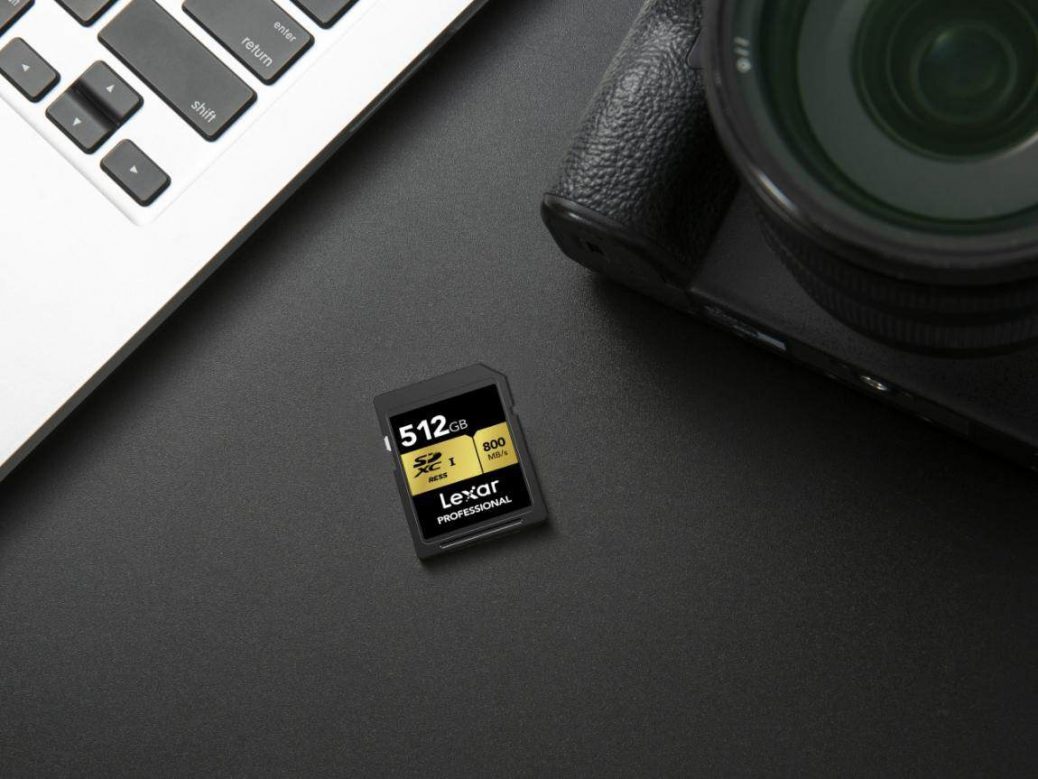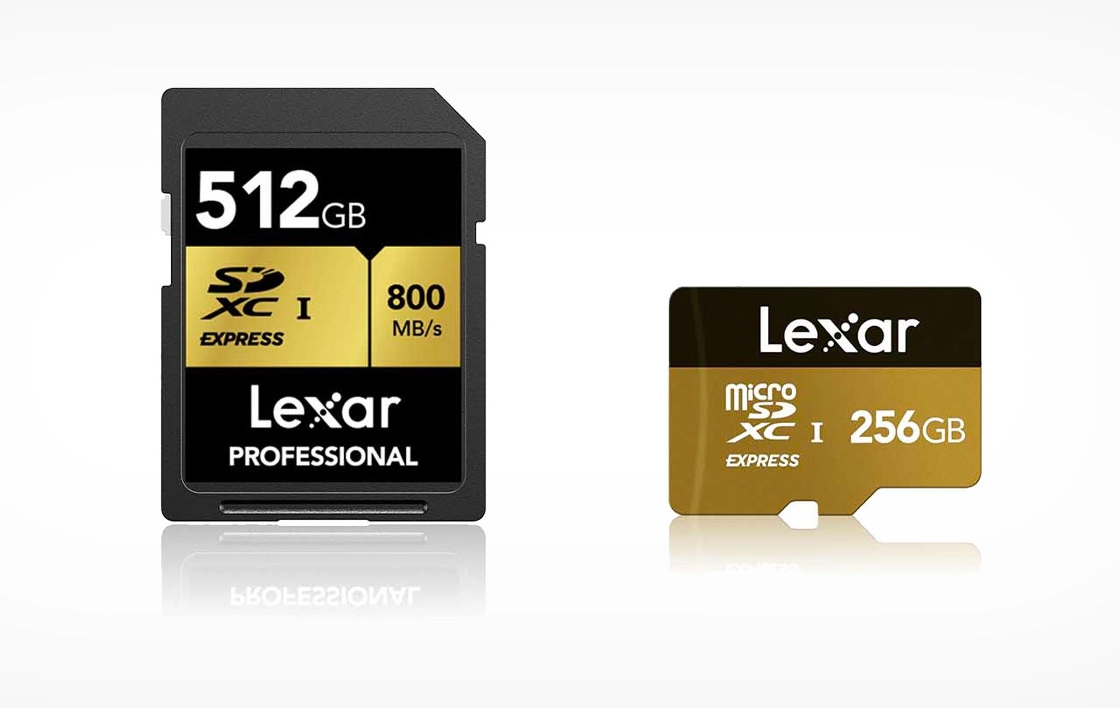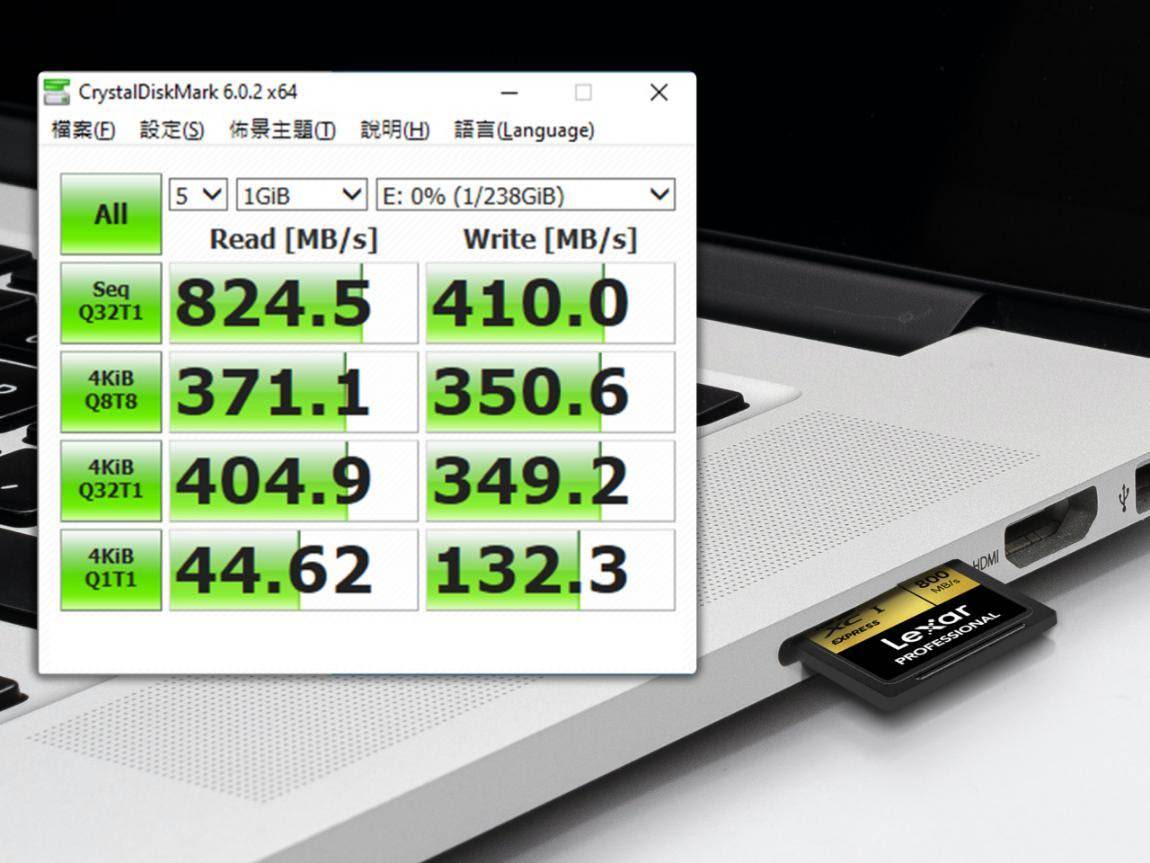Lexar Unveils the Development of SD Express Memory Cards
Lexar has announced it’s currently developing a new line of SD Express and microSD Express cards, despite actually no camera supporting this standard.
Lexar says that it is actively developing both regular SD Express as well as microSD Express memory cards. Its SD Express cards will have a capacity of up to 512 gigabytes while its microSD Express will cap out at 256 gigabytes. Lexar SD Express and microSD Express memory cards will feature write speeds of up to 410MB/s and read speeds of up to 824MB/s, respectfully. Lexar is currently working with manufacturers of relevant host devices as part of its early development.
The maximum bandwidth for the cards, which use the SD 7.0 specification (PCIe 3.1 x 1 lane), is 985MB/s, nearly triple that of the current UHS-II SD and microSD cards.
The SD Express specification is not new but was developed by the SD association several years ago in response to the Compact Flash organization’s CFexpress specification. The idea would allow for the format to theoretically reach greater capacities and much faster speeds all while maintaining the same current SD card format with the promise of backward compatibility.
Lexar says the new SD Express and microSD Express cards will be built on Silicon Motion’s SM 2708 controller and are backward compatible, albeit with a major caveat. The controller inside the SD Express and microSD Express cards is limited to UHS-I speeds (SD 6.1 up to V30, U3), even when used in UHS-II card slots. So, even though these will technically work with cameras that support UHS-II class SD cards, you’ll only get UHS-I speeds (100MB/s).
“Many of the latest high-end cameras and mobile phones are capable of recording video in 8K and require a fast transfer rate. With the SM 2708 controller now supporting the SD 8.0 specification which offers more than triple the throughput, applications such as 8K video capture, RAW photo capture, multi-channel IoT devices, multi-processing automotive storage and other applications requiring ultra-high data speeds are now possible,” says Nelson Duann, Silicon Motion’s Senior Vice President of Marketing and R&D.
SD Express is a long way from challenging CFexpress. The read and write speeds promised on Lexar’s coming SD Express cards may be up to three times better than UHS-II SD cards, but they are still well below current CFexpress speeds. Current Type B cards typically reach read speeds of 1,700 MB/s and surpass 1,400 MB/s write speeds thanks to their two lanes of PCIe. Type A cards are slower due to their single-lane design, but still promise 800 MB/s read speeds and 700 MB/s write speeds. While SD Express appears to be competitive on read speeds, Lexar’s SD Express cards will only reach about half the write speed performance.
The company plans to launch its new line of SD Express cards in 2022, but it is not clear what devices will support them or how much they will cost. That last note will be the most important, as SD Express may only be able to compete by undercutting the currently astronomical price of CFexpress.



